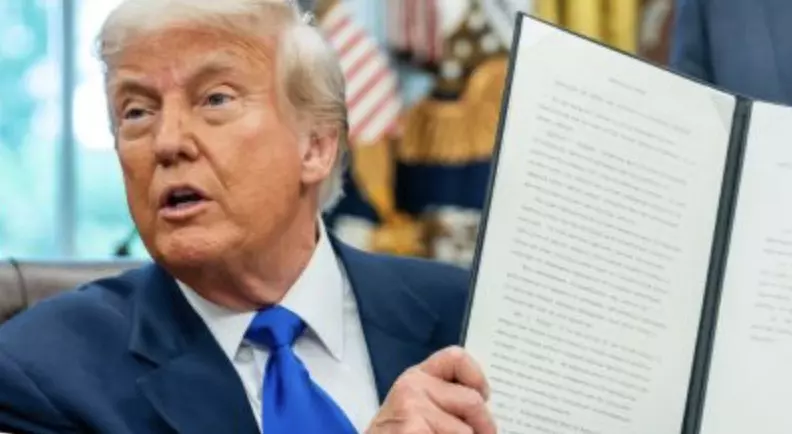US-China ease trade tensions as Trump targets pharma prices
US-China ease trade tensions as Trump targets pharma prices

In a major global development, the United States and China have agreed to significantly reduce their tariffs on each other, marking a rare moment of economic cooperation between the two powers. Announced on Monday morning in Geneva, both countries committed to a 90-day pause on new tariffs, coupled with steep cuts on existing duties.
US, China Slash Tariffs in 90-Day Truce
US Treasury Secretary Scott Bessent confirmed that both countries will slash reciprocal tariffs by 115% starting May 14. For the US, this means cutting tariffs on Chinese goods from 145% to 30%, while China will drop its tariffs on US products from 125% to 10%. Calling the negotiations “very productive,” Bessent highlighted the mutual desire for balanced trade and an end to the escalating tariff war.
The markets responded swiftly and positively. US stock futures jumped after the weekend talks concluded — with S&P 500 and Dow futures up 1%, and Nasdaq-100 futures climbing 1.4%, as reported by The Wall Street Journal.
A Look Back: From Phase One to Fentanyl Fights
This renewed cooperation marks a significant shift from earlier this year. After President Trump began his second term in January, he reignited trade tensions by revisiting the 2020 'Phase One' deal, which had collapsed during the pandemic. In February, tensions worsened when the US imposed a 10% tariff on Chinese fentanyl imports. A tit-for-tat escalation followed — raising US tariffs to 145% and Chinese tariffs to 125% by April.
In retaliation, China slapped duties on US coal and LNG, restricted exports of rare earth materials, and cited national security risks. Meanwhile, the US tightened import rules by raising the de minimis duty threshold and taxing Chinese shipping.
Despite this breakthrough, not all tariffs are gone. Fentanyl-related tariffs — 20% — will remain in place for now, as both sides continue talks. Other older tariffs from Trump’s first term, and China’s counter-duties on US agricultural goods, also remain.
To avoid future flare-ups, both governments have agreed to set up a formal mechanism to keep the dialogue open. Talks will be led by Chinese Vice Premier He Lifeng, US Treasury Secretary Bessent, and US Trade Representative Jamieson Greer.
Bessent stressed that neither country wants economic decoupling:
“What we’ve seen with high tariffs was almost like an embargo. Both sides agree that trade should continue, but in a more balanced way,” he said.
Pharma in the Crosshairs as Trump Promises Drug Price Cuts
Even as markets celebrated the trade détente, pharmaceutical stocks took a hit. President Trump took to social media Monday to announce a sweeping executive order aimed at reducing prescription drug prices. Promising cuts between 30% and 80%, he proposed a “most favored nation” policy — pledging that the US would only pay the lowest global price for any drug.
In a follow-up post, Trump specifically promised a 59% slash in prescription drug prices, sparking immediate concern from pharma companies and investors.
While the US-China tariff truce is being hailed as a relief to global trade, the proposed pharmaceutical reforms could trigger another battle — this time between the White House and the drug industry.

